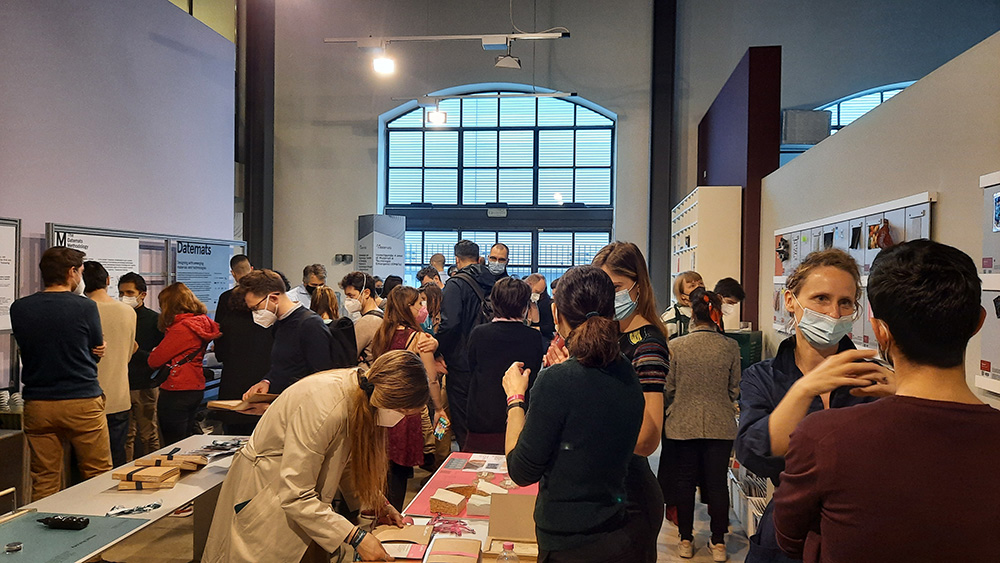
On 7 and 8 April 2022 the Datemats consortium organised a successful final conference with great interest from all participants, belonging to both, the design-research community and the industrial ecosystem.
Emerging materials and technologies represent a crucial factor in identifying innovative solutions, obtaining better product performances, and enhancing the product language in terms of new experiences and original expressive-sensorial dimensions. Materials’ performance, sustainability, and aesthetics are at the core of everything we build. Therefore, the Datemats project kicked off in 2019 with an explicit question: How do you keep up with the latest developments on future materials?
The project’s final conference was structured to summarise and evaluate all the answers identified in the forty months of intense collaboration and feedback the results to a broad audience of researchers and professionals.
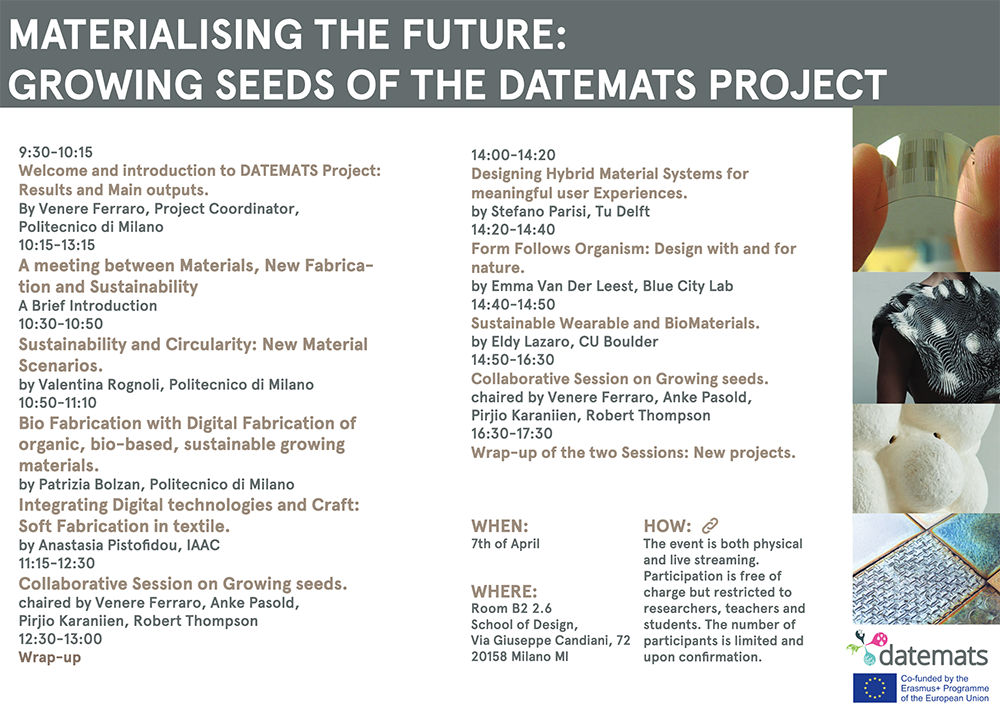
Day 1 was dedicated to disseminating the project’s results to design researchers and educators, involving several material experimenters of the academic community in a rich programme of lectures, animated by interactive sessions with the consortium and external stakeholders.
The aim of the conversations was to understand how to design with and for new materials, how to train the designers and provide them with the right skills to leverage the opportunities offered by emerging materials and technologies, exploring digital and tangible tools. During the hybrid event, consortium partners and attendees had an open discussion about new frontiers for emerging materials and technologies while reasoning about the intersection between materials, new fabrication opportunities and environmental sustainability.
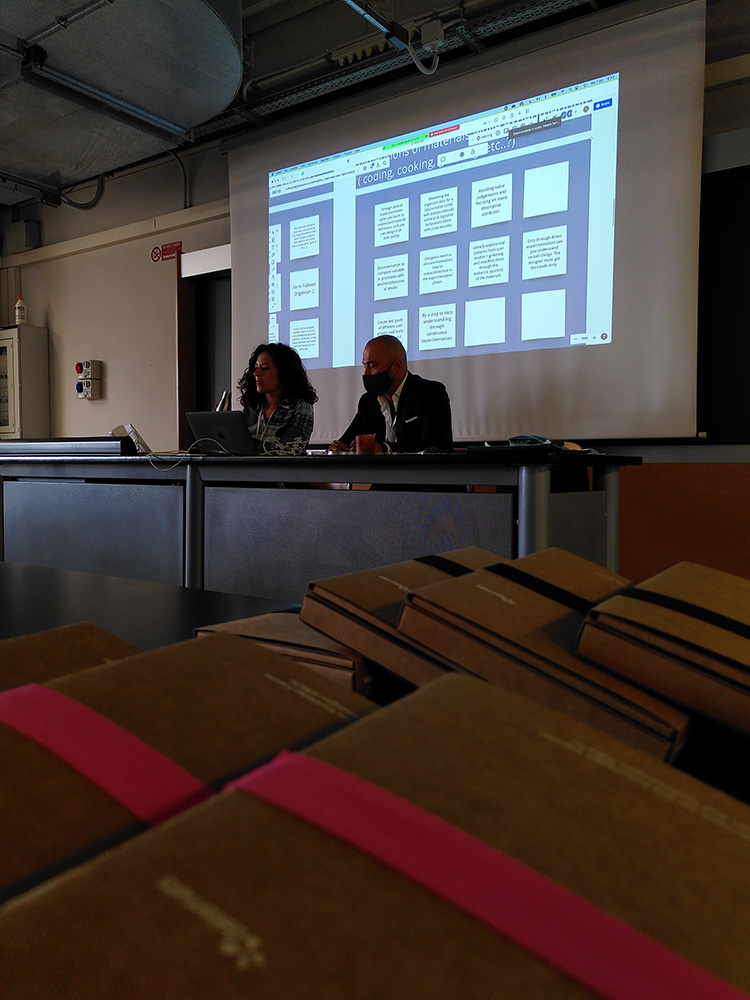
Venere Ferraro, Datemats coordinator and event moderator, opened the conference introducing with “A meeting between Materials, New Fabrication and Sustainability”, followed by three presentations of fellow researchers: “Sustainability and Circularity: New Material Scenarios” by Valentina Rognoli (Politecnico di Milano), “Bio Fabrication with Digital Fabrication of organic, bio-based, sustainable growing materials” by Patrizia Bolzan (Politecnico di Milan) and finally “Integrating Digital technologies and Craft: Soft Fabrication in textile” by Anastasia Pistofidou (IAAC). The insights coming from the first presentations, especially the one from Valentina Rognoli, generated a discussion between the consortium partners and the external attendees.
The second part of the day offered another set of high-quality contributions: “Designing Hybrid Material Systems for meaningful user Experiences” by Stefano Parisi (TUDelft), “Form Follows Organism: Design with and for nature” by Emma van der Leest (Blue City Lab), and “Sustainable Wearable and BioMaterials” by Eldy Lazaro (CU Boulder).
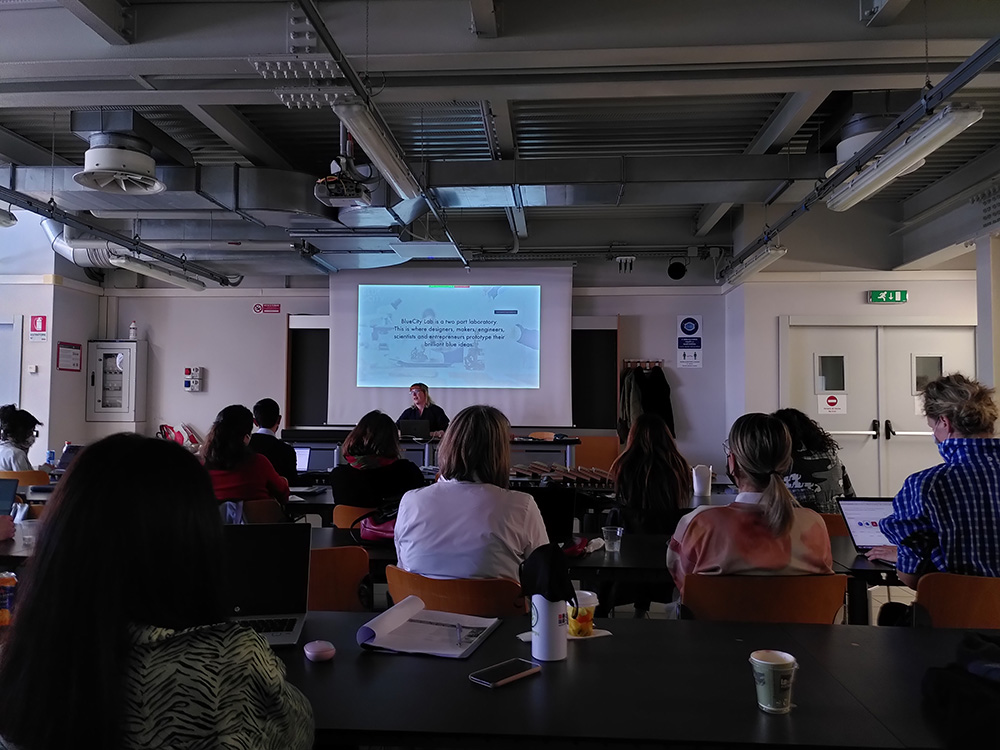
The event, held at the Design Department of Politecnico di Milano, was organised as a hybrid gathering allowing an audience from all over Europe to take part and reaching more than eighty onsite and online participants.
Day 2 was organised as an onsite event exclusively, held at Materially’s premises in Milan with a strong focus on industrial applications, offering end-user companies and design professionals the chance to network with the Datemats consortium and related stakeholders.
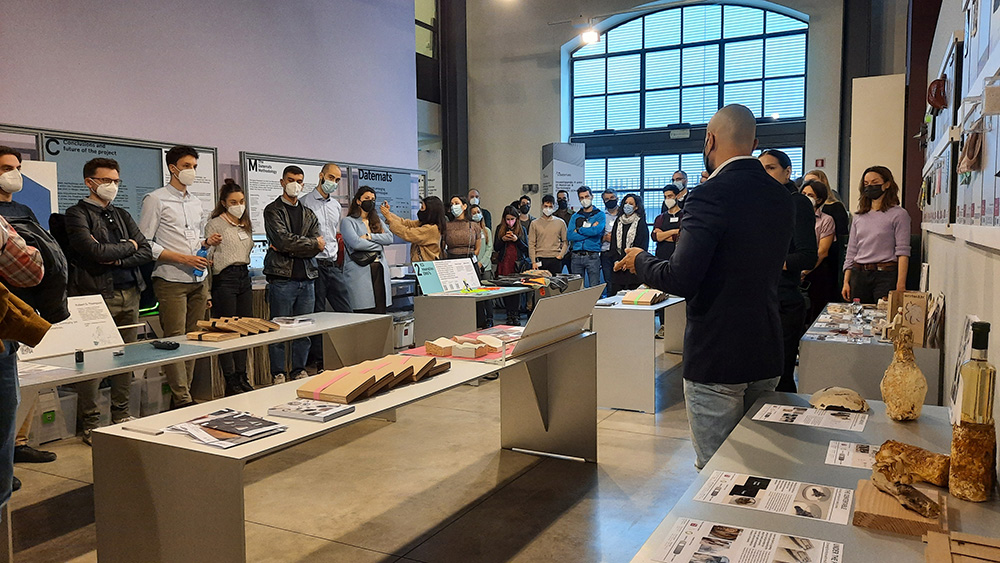
The event started with an icebreaker activity coordinated by Materially’s Veronica Sarbach inviting all participants to briefly introduce themselves, passing over the floor to Gemma Esteban (MATER/FAD) for a session with the Datemats experts presenting the four EM&Ts: Anke Pasold (KEA/MaterialDesignLab) for Advanced Growing materials, Pirjo Kääriäinen (Aalto/CHEMARTS) for Experimental Wood-based materials, Robert Thompson Casas (TECNUN) on Nanomaterials, and Venere Ferraro (PoliMi) on Interactive-Connected-Smart materials.
After the introduction, participants were free to explore the Datemats tangible project results: the materials toolkit and integration cards, the design concepts developed during the four interdisciplinary design challenges and prototypes applying the Datemats method.
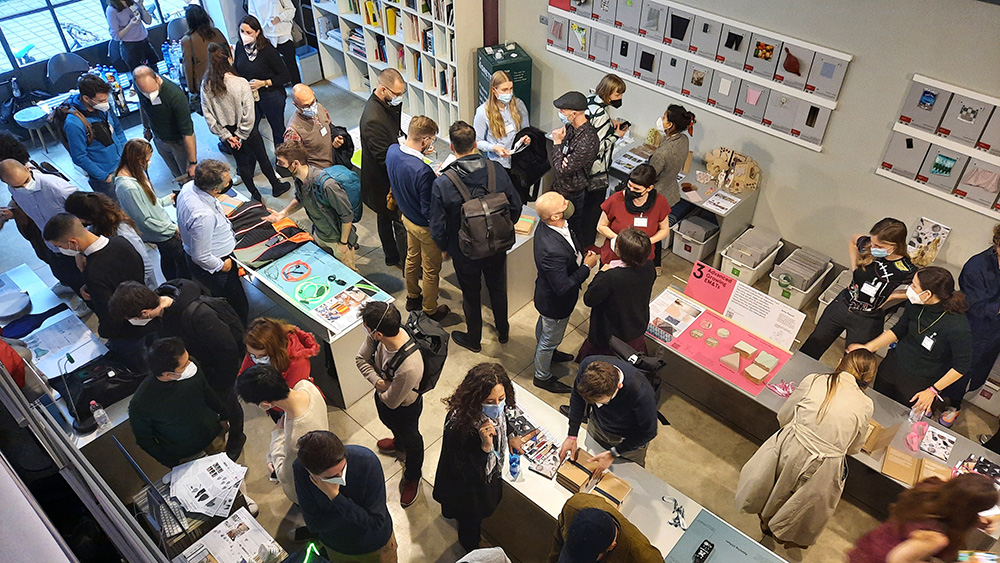
Alba Obiols (BcD) introduced the networking session allowing the external stakeholders, the young designers and material manufacturing companies involved in the Datemats activities, to share their first-hand experiences. Finally, Désirée Scalia (CIAPE) involved all event participants – over sixty registered, including the invited design professionals and material end-user companies, in evaluating the effectiveness of the Datemats tools.
The two-day final event was a great success and confirmed the high quality of the methodology and generated outputs of the Datemats initiative. All consortium partners are looking forward to continuing the adventure – interested in future collaboration? Keep in touch with the experts and join the Datemats LinkedIn Group!

